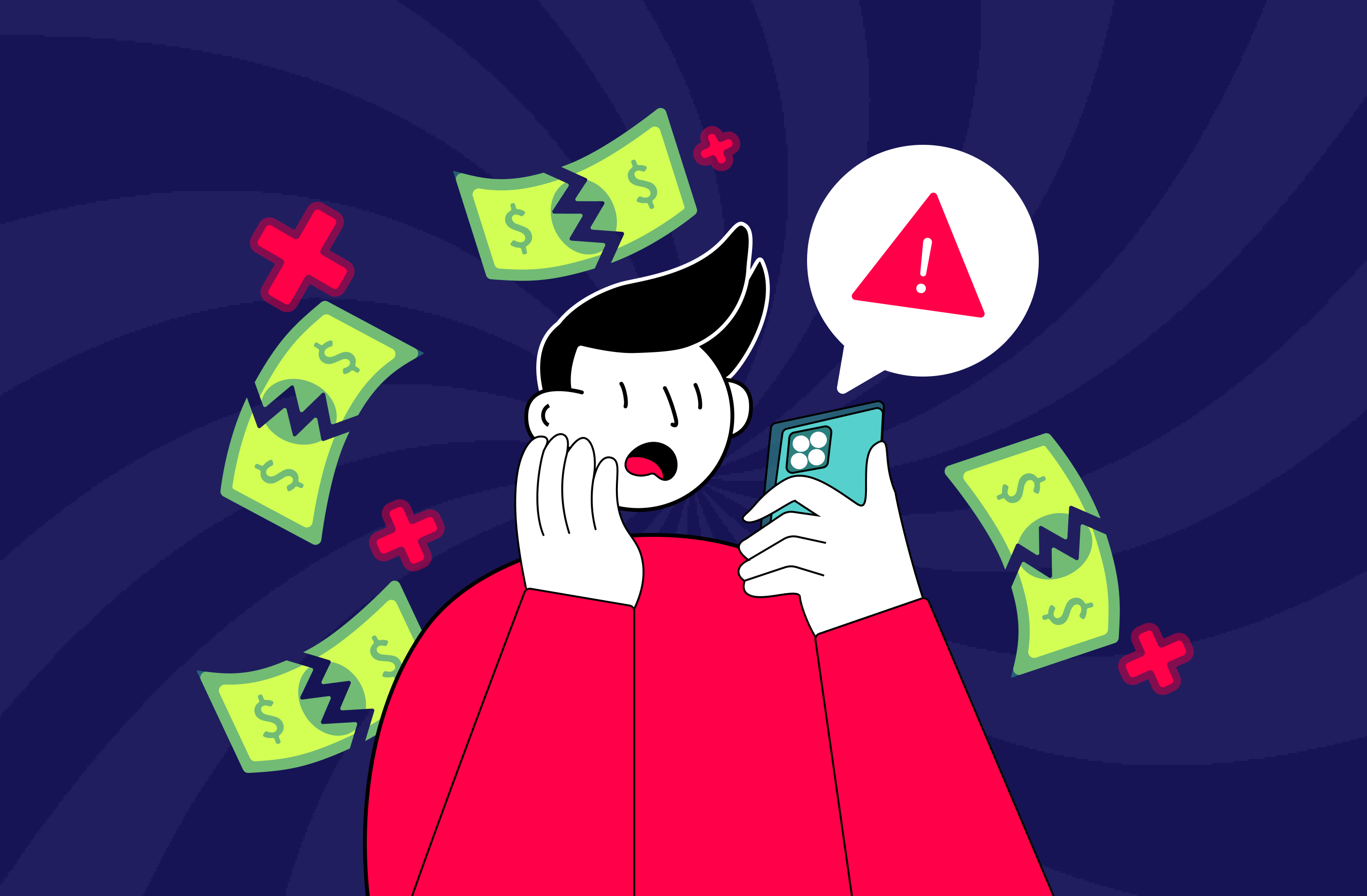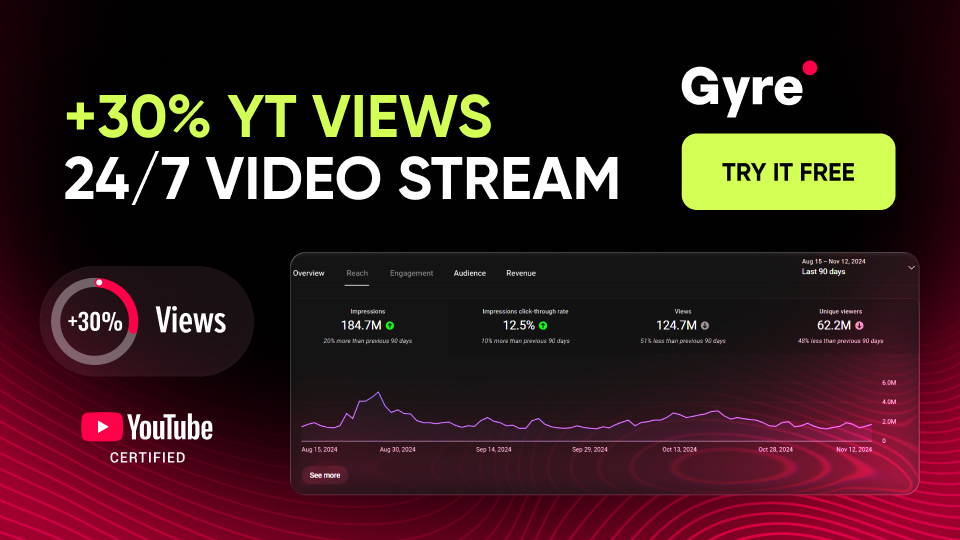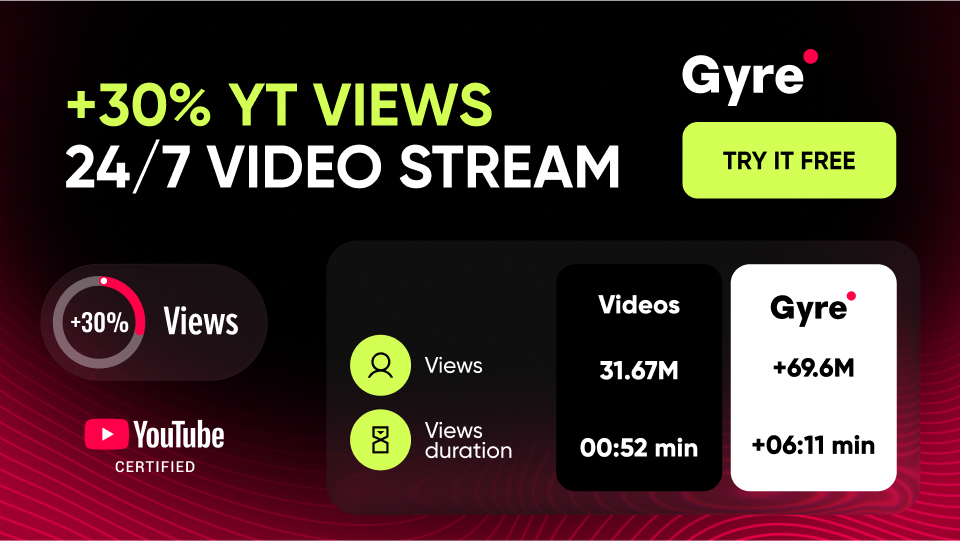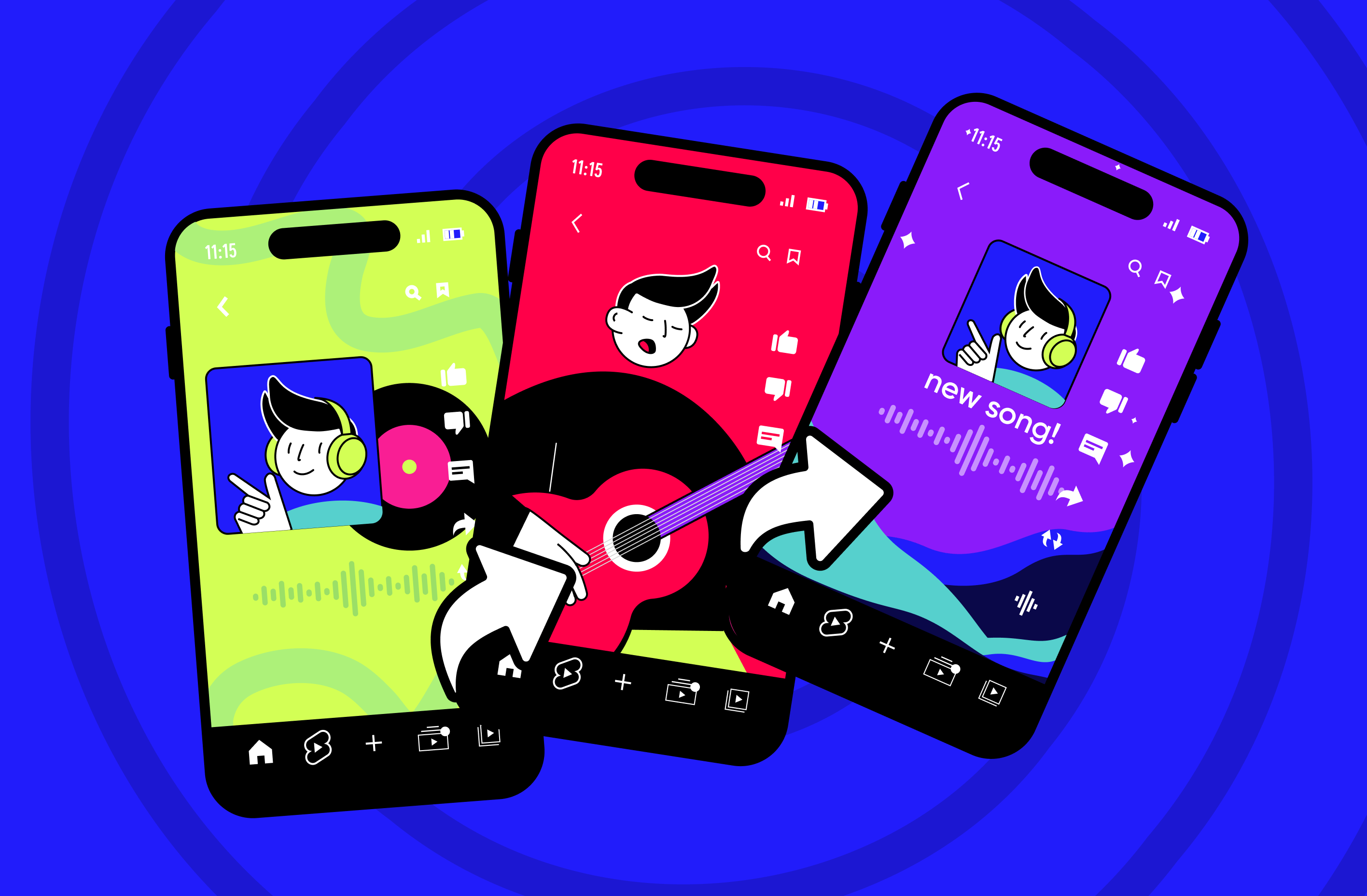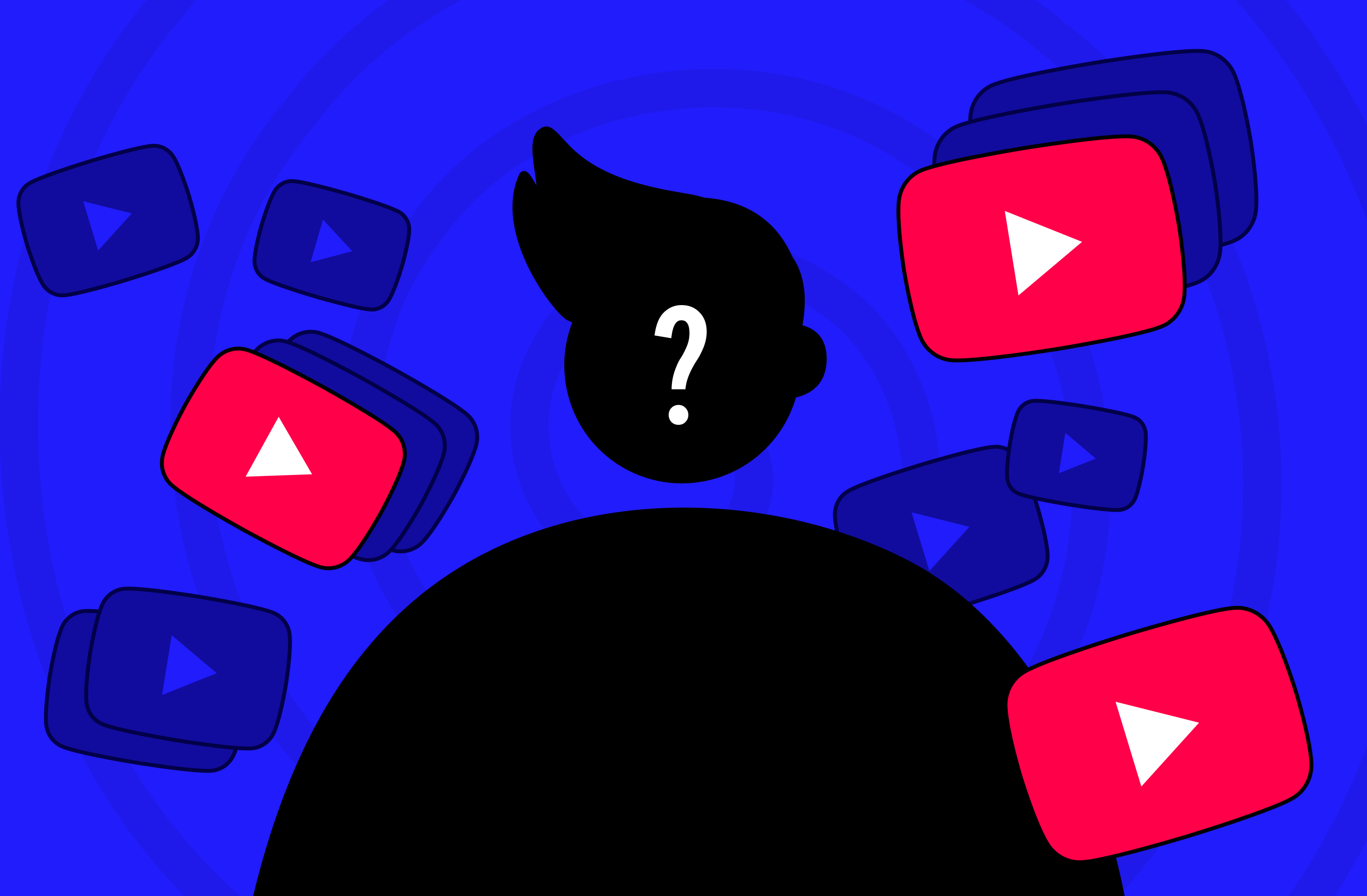What Is Demonetization and How Does It Work on YouTube?
YouTube demonetization is when a channel loses the ability to show advertising in some or all videos. As the platform allows channels that meet the requirements of the YouTube Partner Program and comply with the rules for advertisers to receive income from video clips, if you don't meet them, YouTube cancels the monetization option.
Why Does YouTube Demonetize Videos?
Have you been demonetized on YouTube? YouTube monetization can be disabled for two global reasons, which will be discussed below.
Advertisers don't like your content
Even if the video doesn’t violate the platform's rules, advertisers can refuse to place their ads next to certain topics. This can significantly reduce your monetization income or remove it at all. Here are the most common topics that can be perceived negatively by advertisers:
- Content with aggression or confrontation (fights, scandals, emotional quarrels, etc.);
- Discussion of politics, wars, or protests;
- Videos about tragic events, violence, and disasters;
- Topics of addiction to alcohol, smoking, drugs, etc.;
- Sexual and explicit content;
- Vulgar language, even if it is used infrequently;
- Cruel pranks, pranks, and challenges;
- Racial, ethnic, and religious topics.
More information about controversial topics can be found in the official YouTube Advertiser Guidelines.
Your content violates YouTube's Community Guidelines
YouTube strictly controls compliance with the rules and can disable monetization or even delete a channel for violating them. In particular, this can happen due to:
- Profanity. YouTube prohibits both explicit swearing and any potentially offensive expressions (it’s important to consider the context of use). The platform also removes or gives age restrictions to those videos that emphasize foul language (including videos with fights and scenes of violence with the use of swearing).
- Spam and fraud. YouTube removes from recommendations or completely blocks videos with promises of quick money (like “get $1000 in a day” or “earn in 5 minutes”), videos with links to questionable websites with “prizes”, “bonuses”, or “freebies”, as well as videos caught manipulating CTR or views.
- Sensitive topics. YouTube restricts content of a sexual nature or provocative images, as well as scenes of violence, disasters, suicide, self-harm, mental disorders, etc. Any pornographic or erotic elements are also banned here – if they are in your video, it will be deleted, and the channel will be permanently blocked.
- Discrimination. On YouTube, it’s forbidden to humiliate people on the basis of gender, race, religion, or sexual orientation, as well as to call for violence against any of these groups. Such videos are deleted without warning, and your channel may receive a strike or be blocked.
- Content that violates the law. YouTube prohibits videos that advertise drugs, weapons without permission, or any illegal activity. In particular, such videos are deleted, and the account risks being disabled from monetization.
What words get you demonetized on YouTube
YouTube algorithms analyze all text and audio in videos – that’s why spoken words (including singing or voiceovers), text on the screen (including subtitles, graphics), the name of the original file, descriptions, hashtags, tags and posts in the “Community” section, as well as obscene words without beeping and automatic translation with ambiguous meanings can be blocked. Therefore, if you don’t want YouTube to demonetize your channel or video, be sure to check each new video when uploading and don’t use precarious phrases.
You can also find a more extensive YouTube demonetization words list.
How to Check If a YouTube Video Is Demonetized
To check whether you’ve violated a YouTube demonetization policy or not, you need to follow these steps:
- Go to YouTube Studio;
- Go to the Content section;
- In the Monetization column, check the icon – if it’s green, then everything is ok, if it’s yellow, then your monetization is limited, and if it’s red, monetization is completely disabled. Here is how a YouTube demonetization symbol looks in practice:
How Does Demonetization Affect Content Creators?
If you face demonetization, this means that you will face ad revenue loss. Moreover, if the video has already managed to bring in money, then it remains yours. If you don’t meet the platform's rules, you may lose part of the income from future videos, YouTube can exclude your channel from the Partner Program, or even close it. However, there’s always an option to appeal demonetization decision.
How to not get demonetized on YouTube?
To avoid joining demonetized YouTube channels, follow these recommendations:
- Use neutral language and bleep out profanity;
- Avoid provocative topics;
- Don’t discuss conflicts, tragedies, and scandals;
- Don’t use other people's content (music, videos, and images);
- Don’t publish erotic or provocative content;
- Don’t post misleading titles and previews;
- Monitor the channel’s design – even the description and hashtags can affect;
- Participate in the YouTube partnership program;
- Comply with copyright standards and the laws of the region for which the video is intended;
- Upload content regularly (that is, your account must be active);
- Make sure that your channel has gained at least 1,000 subscribers and 4,000 hours of watch time in the last year.
For more details about YouTube demonetization rules, check the instructions from YouTube.
How to Re-Monetize YouTube Videos after Demonetized
If your video or channel has lost monetization, this is not a reason to despair. The fact is that you can get it back by filing an appeal. To do this:
- Go to YouTube Studio – Content;
- Find a video with a yellow icon (limited monetization);
- Click "Learn more" – "Request review";
- File an appeal: state the reasons and explain that the rules were not violated.
Also, don’t forget to check your YouTube demonetized channel for compliance with the platform’s policies:
- Review the video and remove controversial fragments;
- Delete the video that violates the rules;
- Update the preview, description, and tags;
- Clean the channel from old questionable content;
- Check the AdSense settings and link the account correctly.
How to Make More Money on YouTube
Every content creator may face demonetized video or even channel, so you should know methods of making money on YouTube that will not leave you without a single cent.
Continuous live streams
The more followers you have, the more views you get, which, accordingly, increases YouTube monetization. One of the methods of earning money on the platform is 24/7 live streams of pre-recorded videos. This way, you can reach a larger audience and attract new subscribers without extra effort. Thanks to this, you will have the opportunity to advertise goods and services and use sponsorship options, subsequently boosting your income.
Invite subscribers to become channel sponsors
Your audience can sponsor your channel. This feature will allow you to earn monthly income and give your followers benefits such as exclusive content, early video access, chat badges, and more. Depending on your membership level, your subscribers will receive different benefit packs.
Advertise products and services
Advertising from third-party brands is also an excellent solution because you can get huge profits from this cooperation. Considering that people cannot miss such ads means more people will have to watch these integrations.
Take advantage of crowdfunding
Crowdfunding is a great way to build a community while funding content creation. Platforms like Patreon or Buy Me a Coffee allow your audience to pay monthly for exclusive content and perks. All you need to do is share the link to all your crowdfunding pages with your subscribers.
Final Thoughts
We hope that our material dedicated to demonetized YouTube meaning has provided you with enough tips to help you avoid the YouTube demonetization problem. Don’t worry – if your YouTube channel is demonetized, you still have four extra methods to earn money from other sources.


